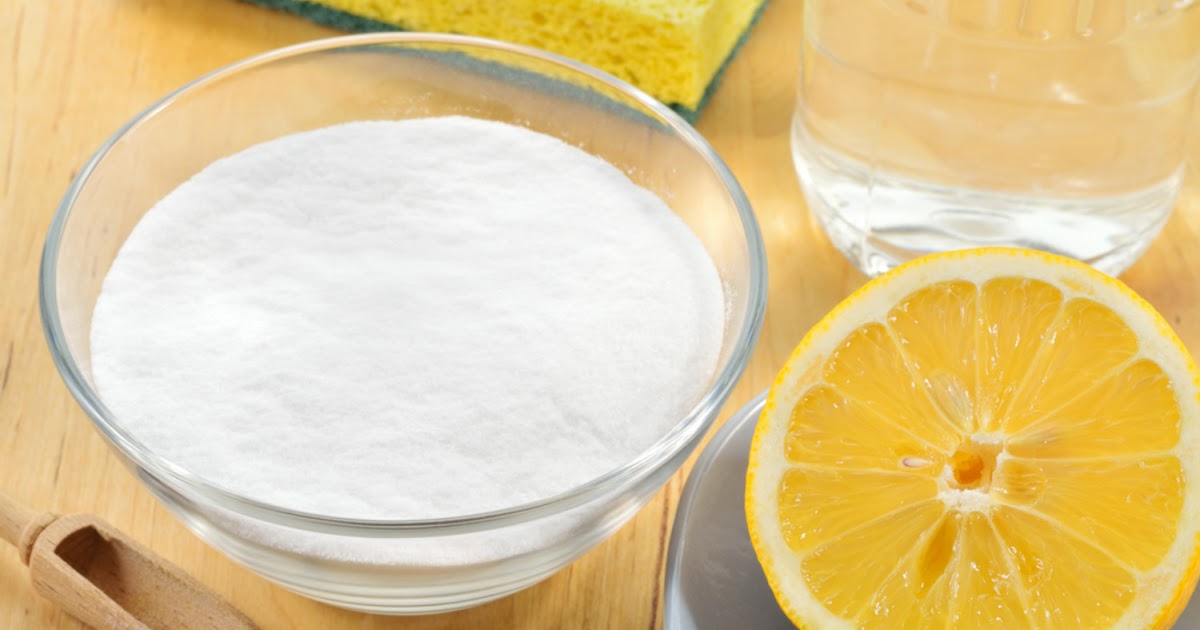
Making cheese at home might sound like a daunting task, but what if you could create a fresh, delicious cheese with just yogurt and without any cooking? This simple and economical method has gained popularity for its ease and the delightful results it delivers. Here’s how you can make your own yogurt cheese, perfect for spreading on crackers, using in recipes, or enjoying as a standalone treat.
Why Yogurt Cheese?
Yogurt cheese, often called “labneh” in Middle Eastern cuisine, is made by straining yogurt until it loses most of its liquid, leaving behind a thick, creamy cheese. It’s rich in protein, has a fraction of the fats typical cheeses contain, and offers a tangy flavor that’s both versatile and delightful.
Ingredients Needed
-
Plain yogurt (preferably whole milk yogurt for richer flavor, but any kind will do)
-
Salt (optional, to taste)
Equipment Needed
-
A large bowl
-
A fine mesh sieve or colander
-
Cheesecloth or a clean dish towel
-
Something to catch the whey (liquid that drains off)
Instructions
-
Prepare the Strainer: Set your sieve or colander over a bowl to catch the whey. Line the sieve with cheesecloth or a clean dish towel.
-
Add Yogurt: Pour your yogurt into the cloth. If you’re using salt, mix it into the yogurt before transferring it to the cloth.
-
Strain the Yogurt: Gather the edges of the cheesecloth or towel and tie them together to form a bundle. If possible, hang this bundle from a kitchen faucet or cabinet handle with the bowl underneath to catch the whey. Alternatively, you can simply leave the bundle in the sieve, placed over the bowl, and cover everything with plastic wrap.
-
Wait: Let the yogurt strain for at least 12 hours or up to 48 hours in the refrigerator. The longer you let it strain, the thicker and more cheese-like the final product will be.
-
Check the Consistency: After the desired straining time, your yogurt cheese should be thick and spreadable. If it’s too dry, you can mix a little of the strained whey back in to reach your preferred consistency.
-
Store or Serve: Transfer the cheese to a container for storage or serve immediately. It will keep in the refrigerator for up to a week.
Serving Suggestions
-
Herbs and Spices: Enhance your yogurt cheese by mixing in herbs like dill, chives, or parsley, or spices such as black pepper or garlic powder.
-
Olive Oil: Drizzle olive oil over the top and add a sprinkle of za’atar or sumac for a Middle Eastern touch.
-
Sweet Version: For a sweet variant, mix in a little honey or maple syrup and serve with fresh fruit or on pancakes.
Benefits of Making Yogurt Cheese
-
Cost-Effective: Utilizes plain yogurt, which is cheaper than most cheeses.
-
Healthier: Lower in fat and calories, high in protein, and can be made using lactose-free yogurt for those with sensitivities.
-
No Cooking: Easy to make without any heat, making it perfect for hot days or for those without kitchen facilities.
Conclusion
Yogurt cheese is a remarkably simple and versatile ingredient you can make at home. Whether you’re looking for a healthier alternative to cream cheese, a cost-effective solution to homemade spreads, or just a fun DIY kitchen project, yogurt cheese is an excellent choice that’s as delicious as it is easy to make. Give it a try and enjoy the rich, tangy flavor of your very own homemade cheese!




